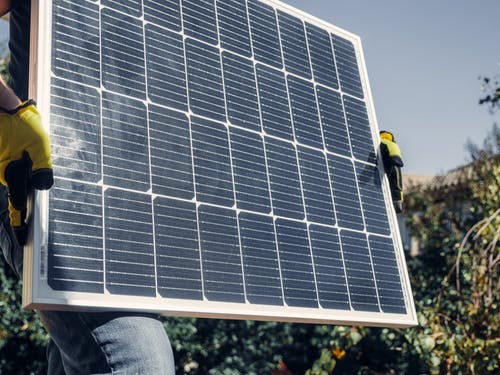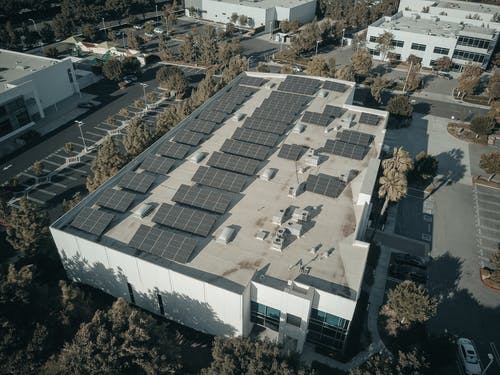Gas and electricity energy are still the most popular choices amongst Australians. Nevertheless, more people, particularly in highly populated city areas, are turning to solar energy. According to recent numbers, nearly two million houses in Australia, or almost 20% of all residences, have already fitted a rooftop solar power system.
Some may be put off by the upfront expenses of renewable power, but the advantages should not be disregarded. Did you guys know that solar energy installation has monetary advantages in addition to environmental ones? Aside from the reductions on your energy costs and the excess power you may sell, you can take advantage of solar subsidies and incentives in Australia.
Solar grants and incentives
The federal government’s plan
Small-scale renewable power is another name for the federal government’s initiative. The small-scale technology certificates (or STCs) produced for each kilowatt of solar cell you put might be sold for around $30 under this type of program. You won’t have to bother about selling STCs to power suppliers because the process is normally handled by the solar installation.
This program will only be accessible until 2030, and you’ll be aware that the value of STCs depreciates by 7% per year.
Solar rebate from the state government
Various solar rebates are available in different Australian states. The following is a list of solar rebate scheme by state and territory.

NSW
In the Hunter, NSW’s Enabling Homes Program was launched. It’s a program that will provide interest-free financing for solar battery installations to qualified NSW citizens. You must be an owner-occupier with only an average household income of up to $180,000 to be eligible.
Victoria
The Renewable Homes Program in Victoria offers a reimbursement of up to $1,850 for the expense of installing solar PV panels. Homeowners who qualify can also apply for an interest-free credit up to the reimbursement amount until June 30, 2021.
ACT
The ACT Government offers a photovoltaic modules incentive to retirees in the ACT. For qualified families, the rebate value is up to 50% off a solar pv system. An interest-free financing with no security is also an option for paying back the leftover costs over a three-year period.
Queensland
Solar rebate programs in this state are currently closed.
South Australia
Individuals in South Australia can take advantage of the South Australia Home Battery Program. This initiative is open to households who already have solar PV installations and who want to install solar battery backup to their homes. It entails a three-step incentive, with $3,000 being the absolute maximum allowed for each cell installation.

The quantity that can be utilised through SA battery storage plan is as follows:
- Energy concessions holder: $300 per kilowatt-hour
- $200 per kW for all other houses
- A maximum subsidy of $3,000 is available per battery setup.
Australia’s top energy providers
While these initiatives toward finding more green alternatives to power houses are gaining traction, people who aren’t prepared to make the full move to solar still have other choices. You might also look for energy providers who can help you move.
In Australia, energy suppliers sell power, natural gas, and solar power to customers at reasonable pricing. You can also check into renewable energy providers who advocate the usage of renewable sources such as wind, hydro, and solar.
To prevent climate impact, we must take the first step toward sustainable. It will be easier to make the changeover if you can locate solutions that provide versatility, affordability, and sustainability all at the same time.





